Author: Paul Amico
Hailing from the land of the long white cloud, Waimea was released in 2012 by The New Zealand Institute for Plant & Food Research and developed a reputation as an excellent bittering hop due to its substantial alpha acid content. As is the case for many Kiwi hops of late, brewers quickly came to appreciate Waimea for its ability to impart pungent aroma and flavor characteristics, most notably a blend of different citrus fruits with notes of resinous pine.
Alpha: 16 – 17%
Beta: 7 – 9%
Cohumulone: 22 – 24% of alpha acids
Total Oil: 2.1 mL/100g
Myrcene: 60%
Humulene: 9.5%
Caryophyllene: 2.6%
Farnesene: 5%
Linalool: unknown
ß-Pinene: unknown
Geraniol: unknown
Parentage: Californian Late Cluster, Fuggle, Saaz
Always excited to play with varieties I’ve never used and know little about, I decided to brew up a batch of Pale Ale hopped solely with Waimea and serve it to blind tasters for evaluation.
| MAKING THE BEER |
I went with the standard Hop Chronicles Pale Ale recipe for this batch in hopes of letting the hop character shine.
Waimea Pale Ale
Recipe Details
| Batch Size | Boil Time | IBU | SRM | Est. OG | Est. FG | ABV |
|---|---|---|---|---|---|---|
| 5.5 gal | 60 min | 43.2 IBUs | 4.0 SRM | 1.051 | 1.013 | 5.1 % |
| Actuals | 1.051 | 1.011 | 5.3 % | |||
Fermentables
| Name | Amount | % |
|---|---|---|
| Pale Malt (2 Row) US | 10 lbs | 83.33 |
| Vienna Malt | 2 lbs | 16.67 |
Hops
| Name | Amount | Time | Use | Form | Alpha % |
|---|---|---|---|---|---|
| Waimea | 12 g | 45 min | Boil | Pellet | 13.3 |
| Waimea | 12 g | 30 min | Boil | Pellet | 13.3 |
| Waimea | 12 g | 15 min | Boil | Pellet | 13.3 |
| Waimea | 56 g | 2 min | Boil | Pellet | 13.3 |
| Waimea | 56 g | 4 days | Dry Hop | Pellet | 13.3 |
Yeast
| Name | Lab | Attenuation | Temperature |
|---|---|---|---|
| Dieter (G03) | Imperial Yeast | 75% | 60°F - 69°F |
Notes
| Water Profile: Ca 92 | Mg 1 | Na 10 | SO4 153 | Cl 50 |
Download
| Download this recipe's BeerXML file |
After collecting the full volume of water and adjusting it to my desired profile, I flipped the switch on my Clawhammer electric controller to get things heating up then proceeded with milling the grain.
When the water was properly heated, I stirred in the grains and check to make sure the mash was at my intended temperature.
During the mash rest, I weighed out the kettle hop additions.
When the 60 minute mash rest was finished, I removed the grains from the sweet wort and set the controller the heat it up.
Following a 60 minute boil, I used my CFC to chill the wort during transfer to a sanitized fermenter.
A refractometer reading showed the wort was right at my target OG.
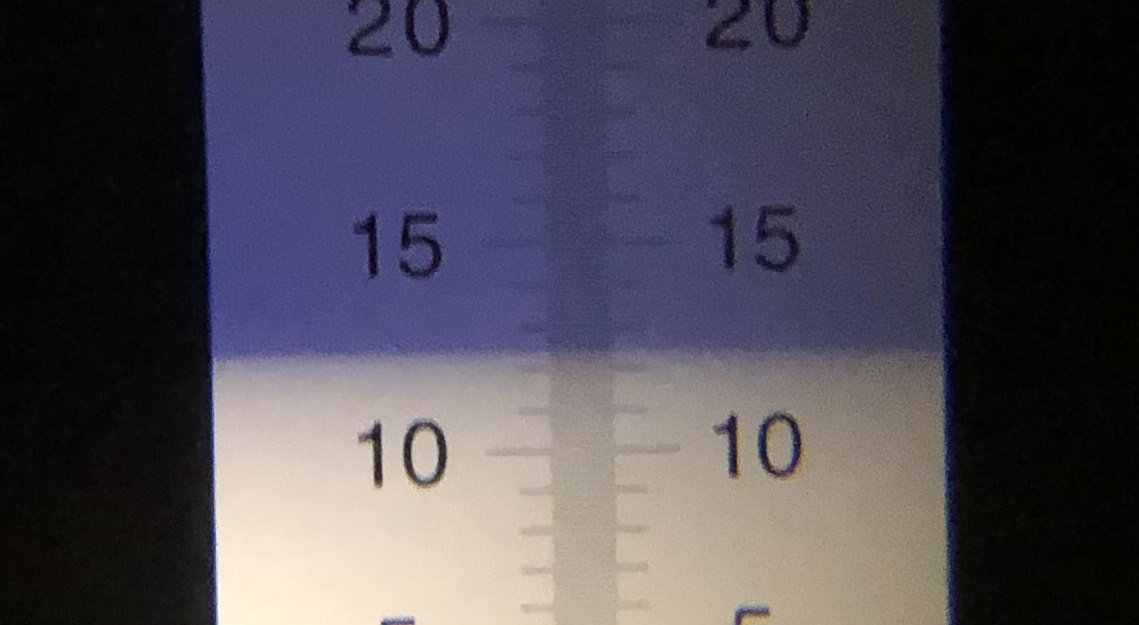
After a couple hours in my fermentation chamber, I pitched a pouch of Imperial Yeast G03 Dieter directly into the wort.
The beer was left to ferment at 66°F/19°C for 11 before I took a hydrometer measurement confirming FG was reached.
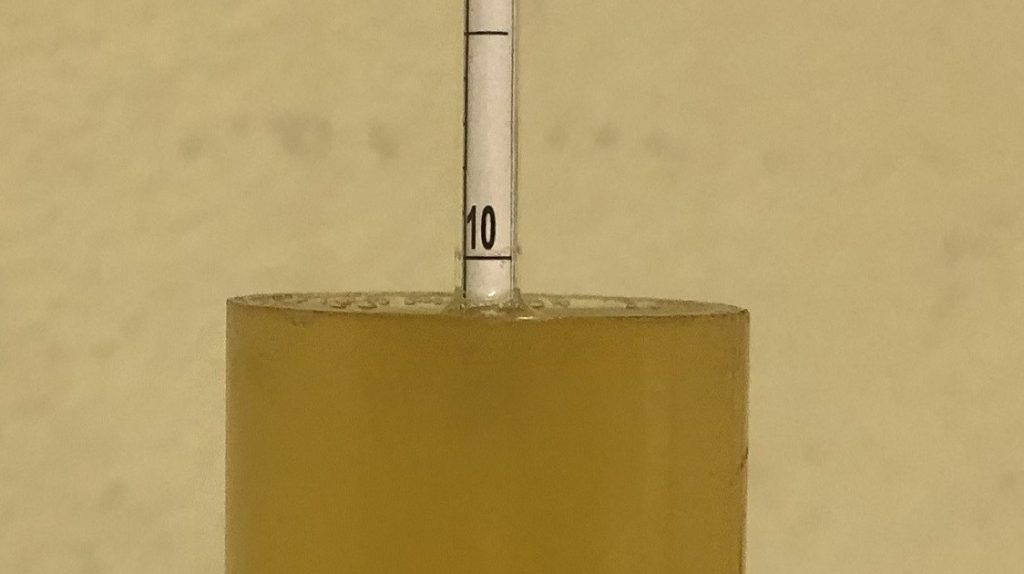
With fermentation complete, I pressure transferred the beer to a CO2 purged keg.
The filled keg was placed in my keezer and burst carbonated overnight before I reduced the gas to serving pressure. After a week of conditioning, I began serving it to blind tasters.
| METHOD |
Participants were instructed to focus only on the aromatic qualities of the beer before evaluating the flavor. For each aroma and flavor descriptor, tasters were asked to write-in the perceived strength of that particular characteristic on a 0-9 scale where a rating of 0 meant they did not perceive the character at all and a 9 rating meant the character was extremely strong. Once the data was collected, the average rating of each aroma and flavor descriptor was compiled and analyzed.
| RESULTS |
A total of 12 people participated in the evaluation of this beer, all blind to the hop variety used until after they completed the survey. The average aroma and flavor ratings for each descriptor were plotted on a radar graph.
Average Ratings of Aroma and Flavor Perceptions
The 3 characteristics endorsed as being most prominent by participants:
| Aroma | Flavor |
| Tropical Fruit | Floral |
| Citrus | Citrus |
| Apple/Pear | Resinous |
The 3 characteristics endorsed as being least prominent by participants:
| Aroma | Flavor |
| Onion/Garlic | Onion/Garlic |
| Dank/Catty | Berry |
| Pine | Earthy/Woody |
When asked to rate the pungency/strength of the hop, most tasters perceived it as being mildly to moderately pungent.
Tasters were then instructed to identify beer styles they thought the hop would work well in.
Finally, participants were asked to rate how much they enjoyed the hop character on a 1 to 10 scale.
My Impressions: When first sniffing this Waimea hopped Pale Ale, the first thing that hit me was tropical fruit, almost like I walked by a basket of ripe mangos, plantains, and papayas. Underneath that was a very subtle hint of resinous pine. To me, the flavor was more driven by citrus than tropical fruit, though the slight piney character remained present in the finish.
| CONCLUSION |
Named after a town on New Zealand’s south island, Waimea has developed a reputation for packing a powerful alpha acid punch along with possessing a relatively high percentage of desirable aromatic oils, making it an ideal dual-purpose variety. However, it seems Waimea hasn’t received as much attention as other new varieties, despite one of the most common descriptors being citrus, a highly sought characteristic in modern IPA.
When asked to evaluate a Pale Ale hopped only with Waimea, tasters who were blind to the hop variety endorsed tropical fruit and citrus as being the most notable overall characteristics, corresponding rather well with pre-existing descriptors. Moreover, less desirable characteristics such as onion/garlic tended to be rated quite low. Given this fruit-forwardness, it makes sense that nearly all tasters felt Waimea would work well in hoppy Pale Ale and IPA, and in conversations following completion of the survey, multiple tasters said they thought it would be perfect for a hazy New England IPA.
This being my first experience using Waimea, I was generally pleased with how it worked on its own in this Hop Chronicles Pale Ale, but felt it would really shine when combined with other varieties. With the strong tropical fruit nose, I’m interested in blending Waimea with a bit of BRU-1 and perhaps even some Sabro, which could make for a beer with a uniquely beautiful tropical character.
Waimea hops are available now at Yakima Valley Hops, get them while you can! If you have any thoughts on this variety, please feel free to share them in the comments section below.
Support Brülosophy In Style!
All designs are available in various colors and sizes on Amazon!
Follow Brülosophy on:
FACEBOOK | TWITTER | INSTAGRAM
If you enjoy this stuff and feel compelled to support Brulosophy.com, please check out the Support page for details on how you can very easily do so. Thanks!




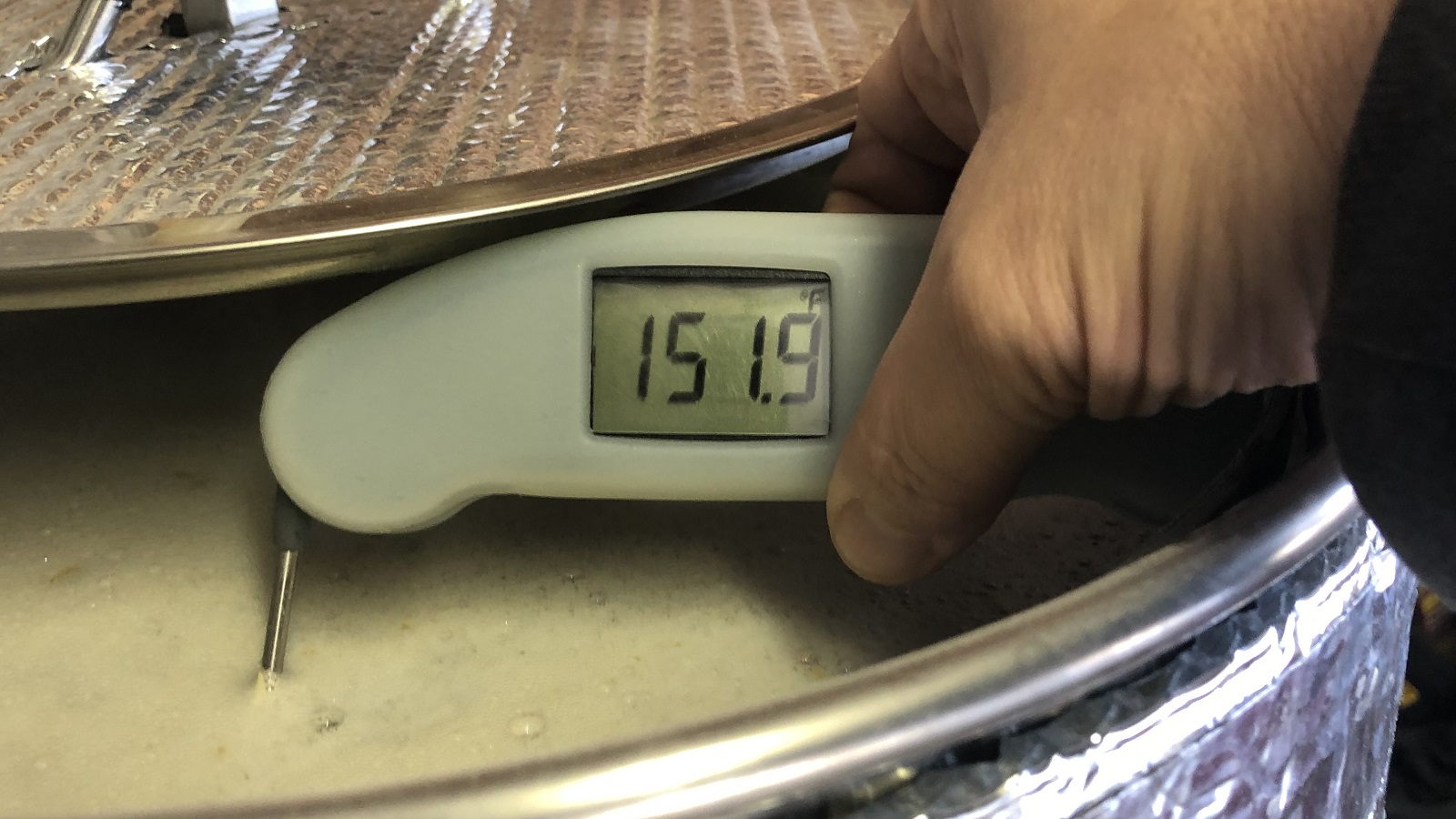
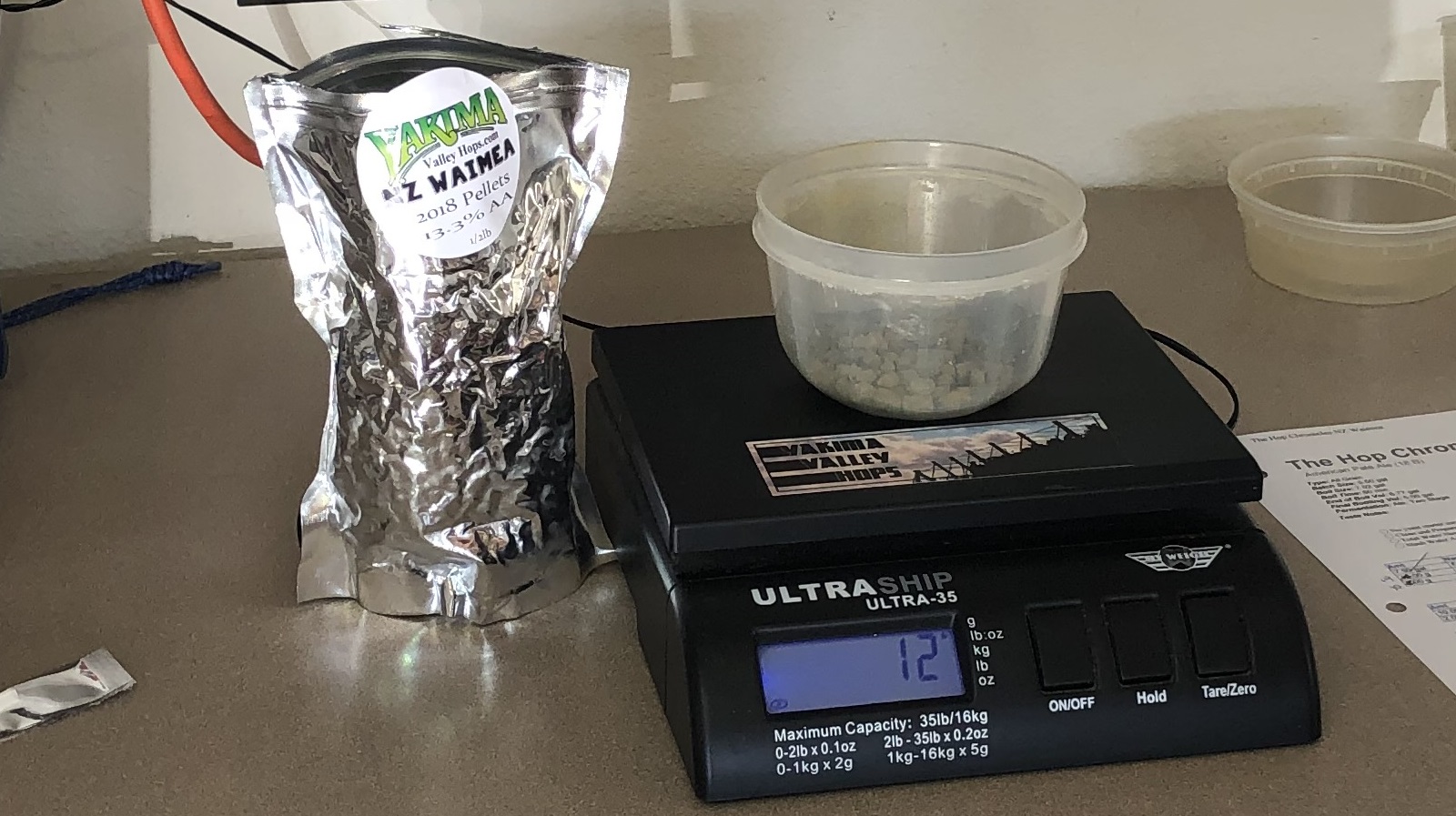
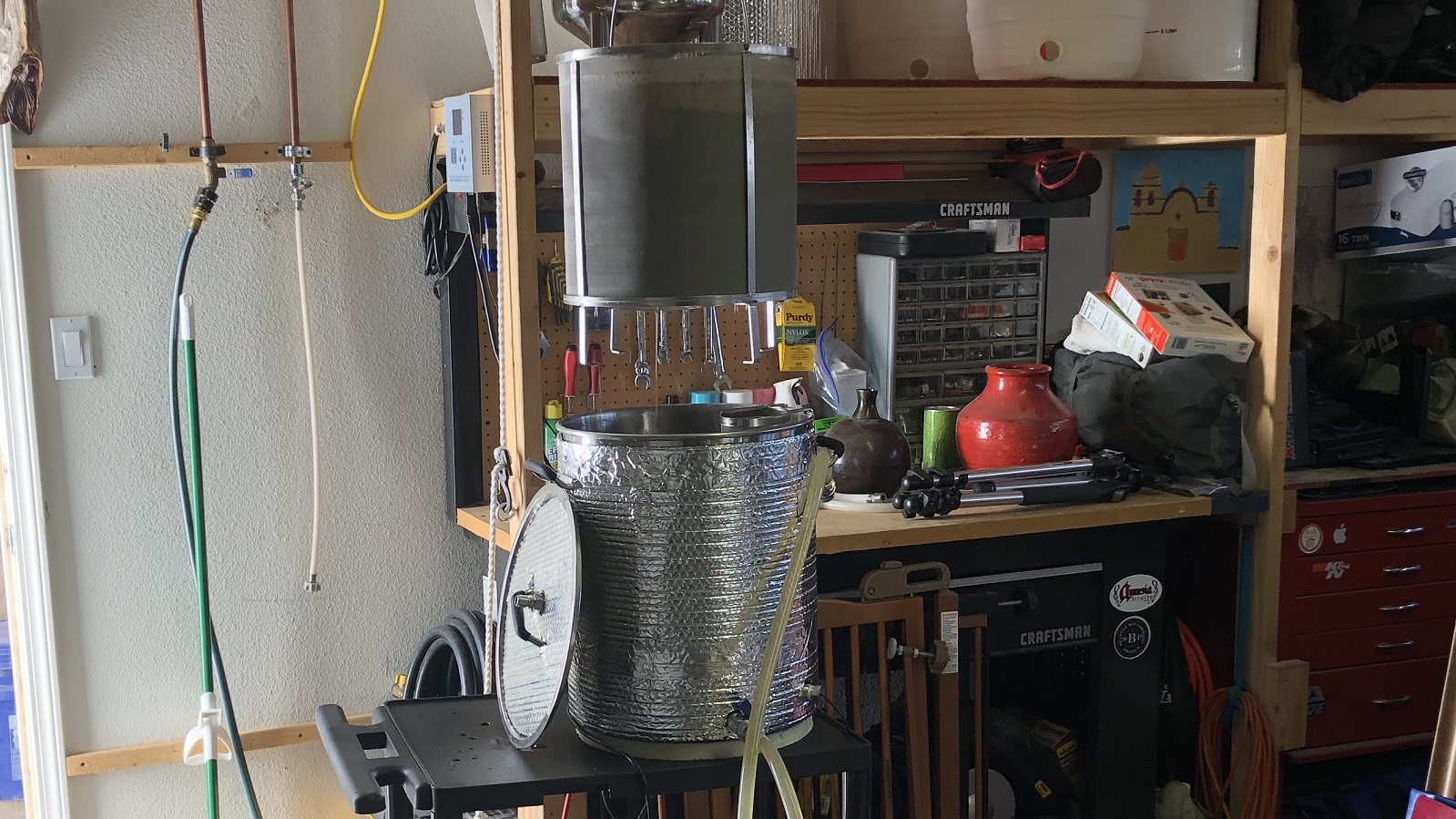
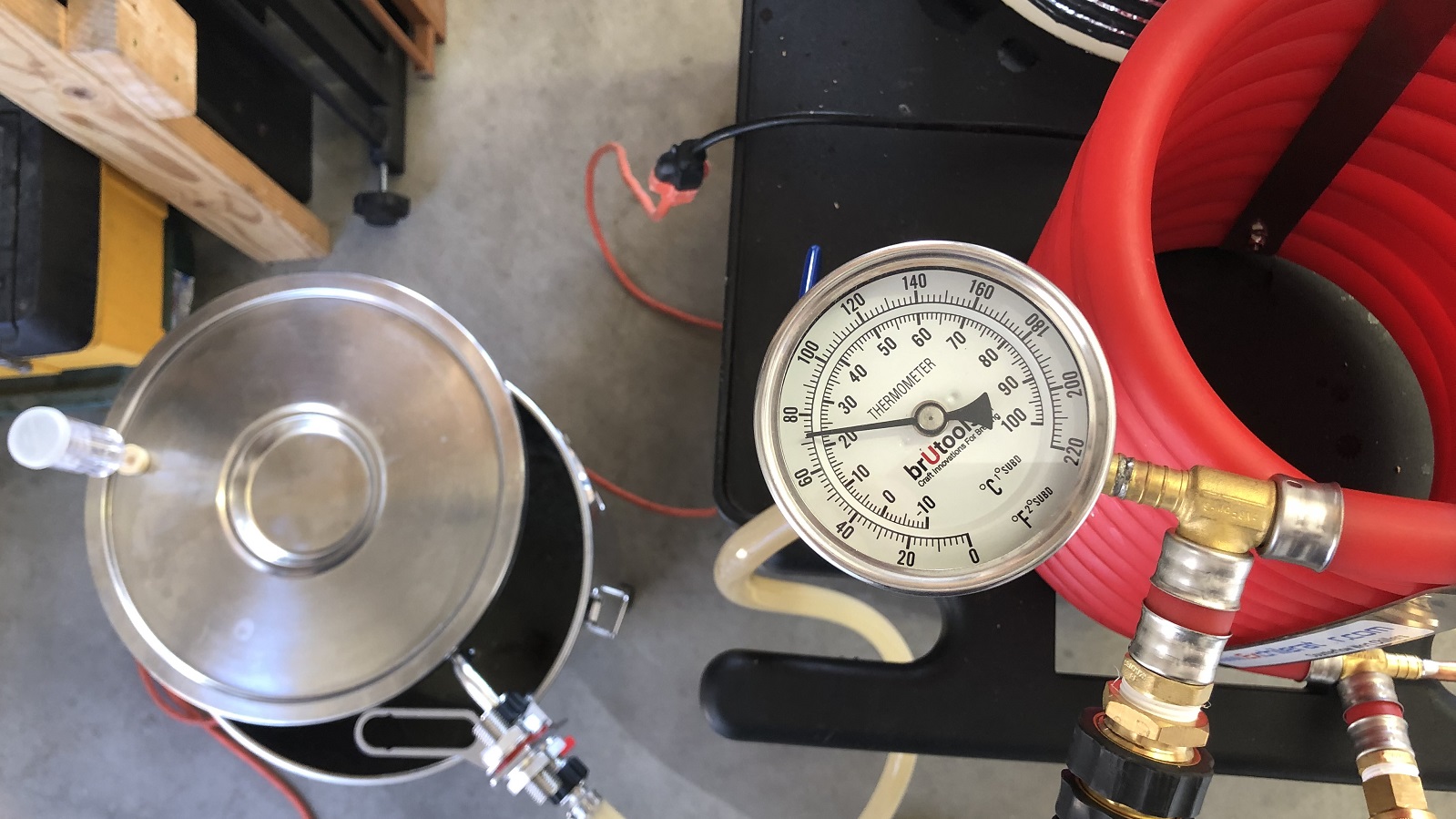
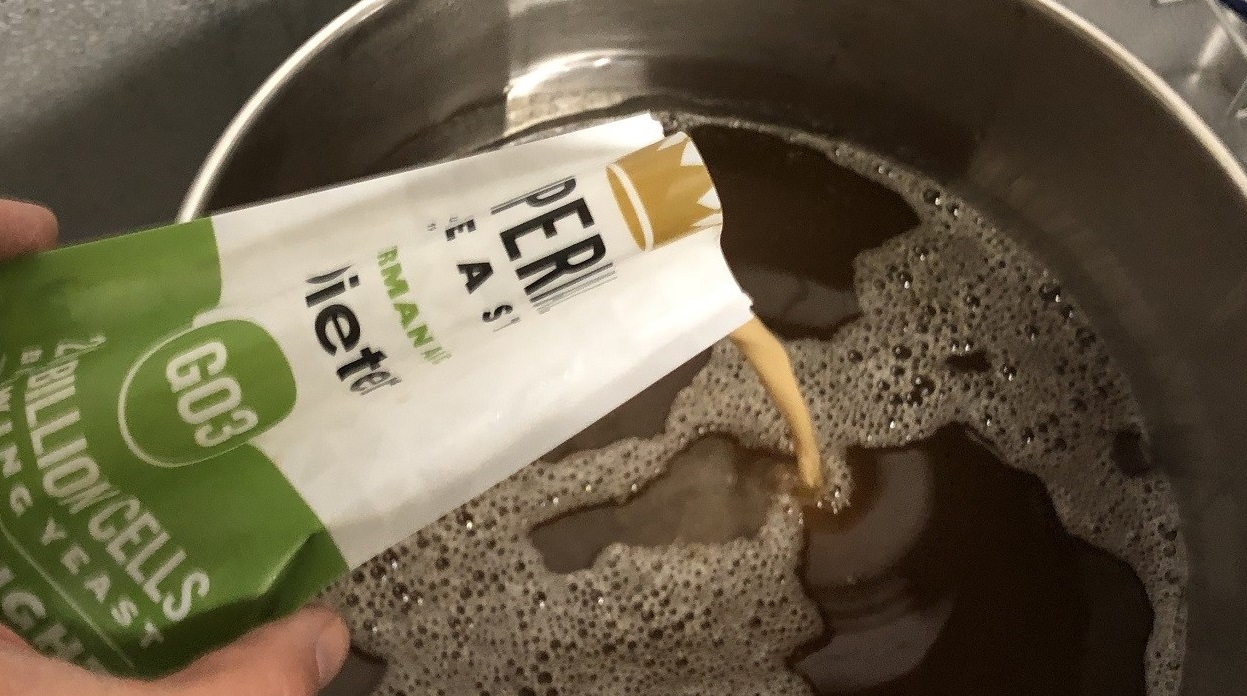
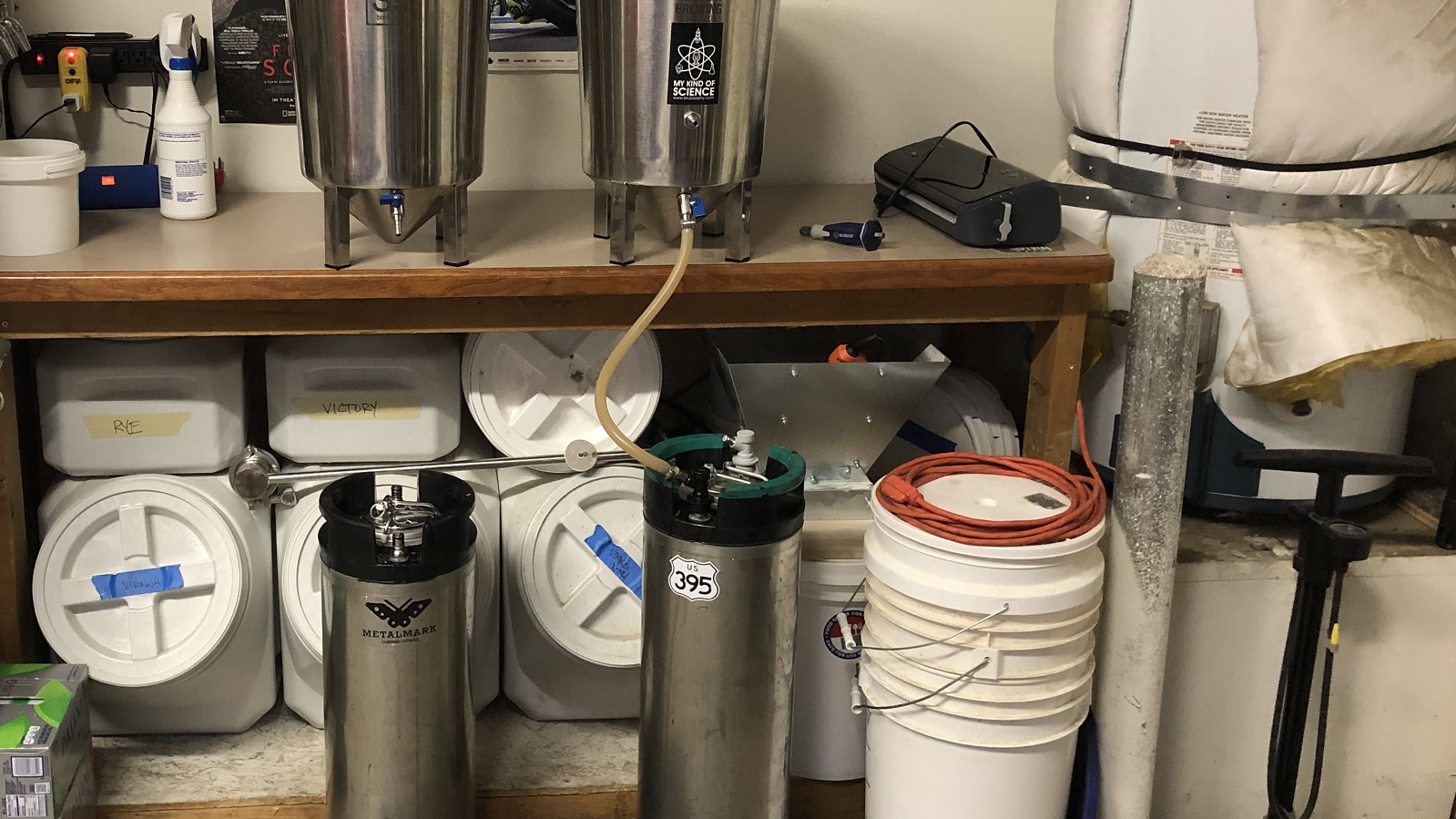
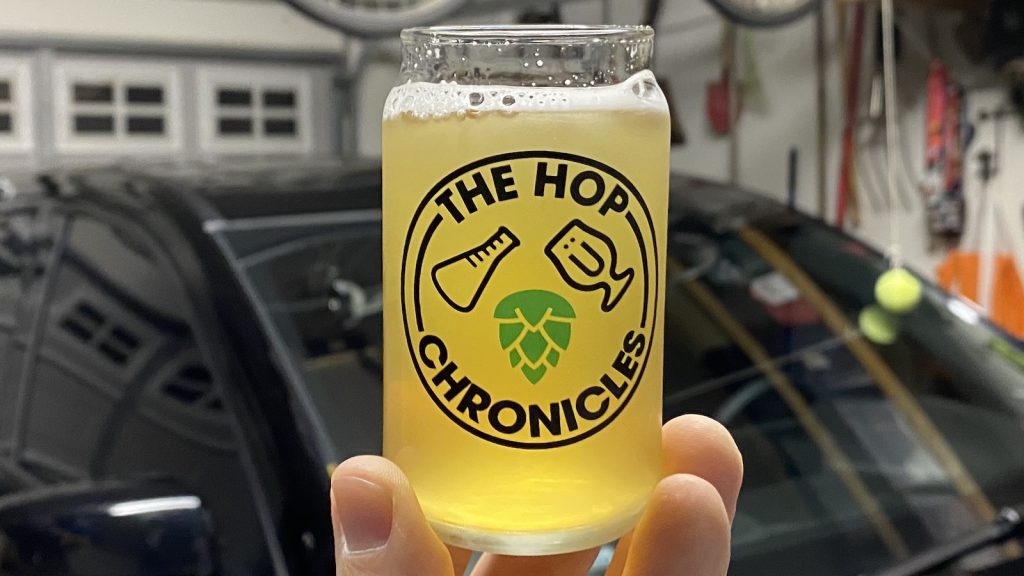

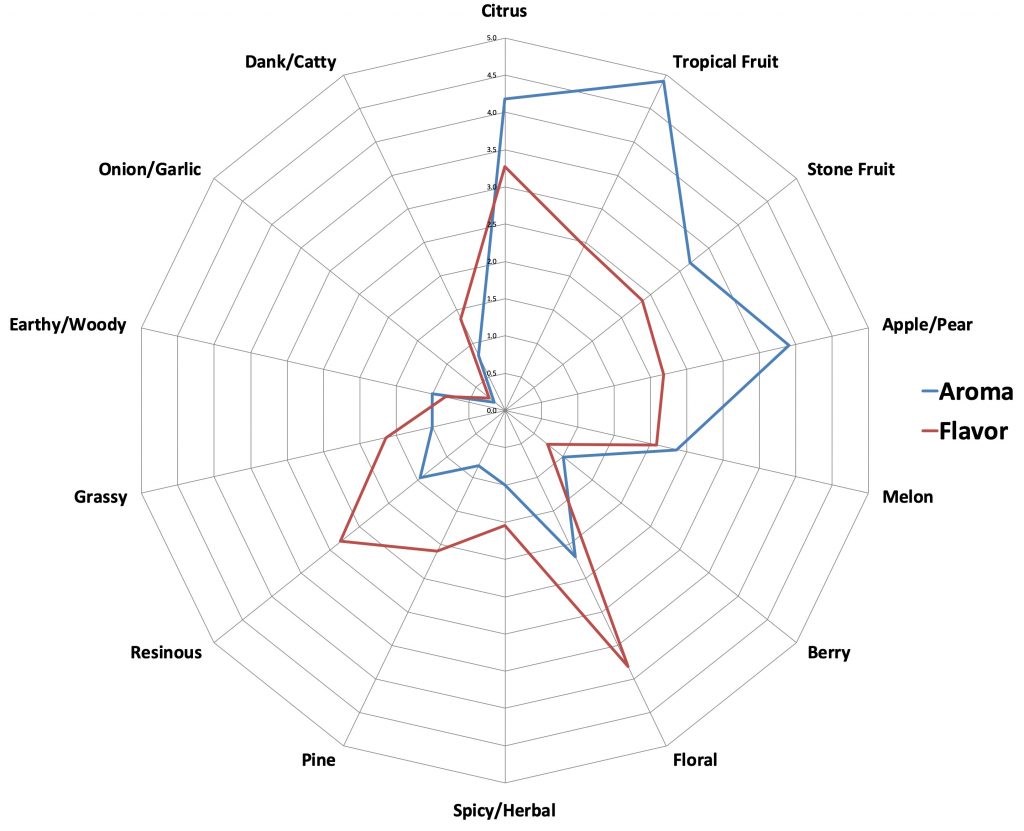
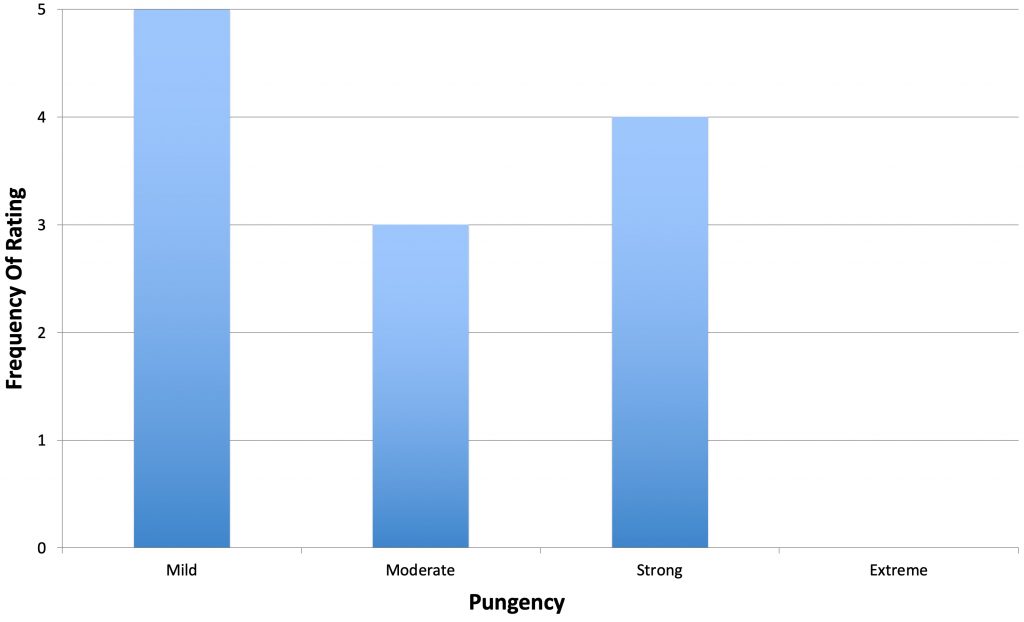
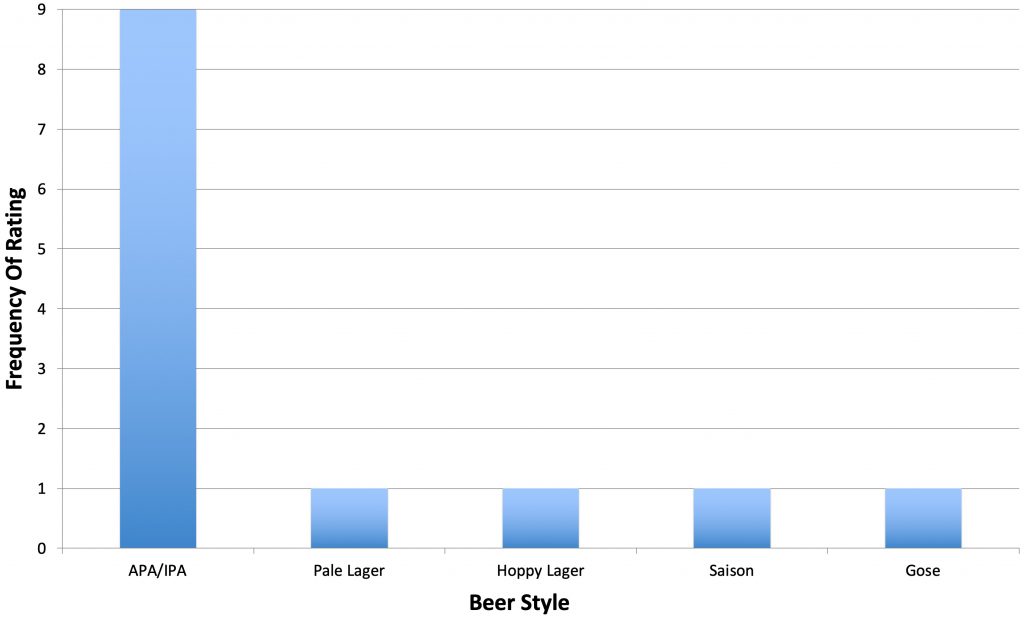
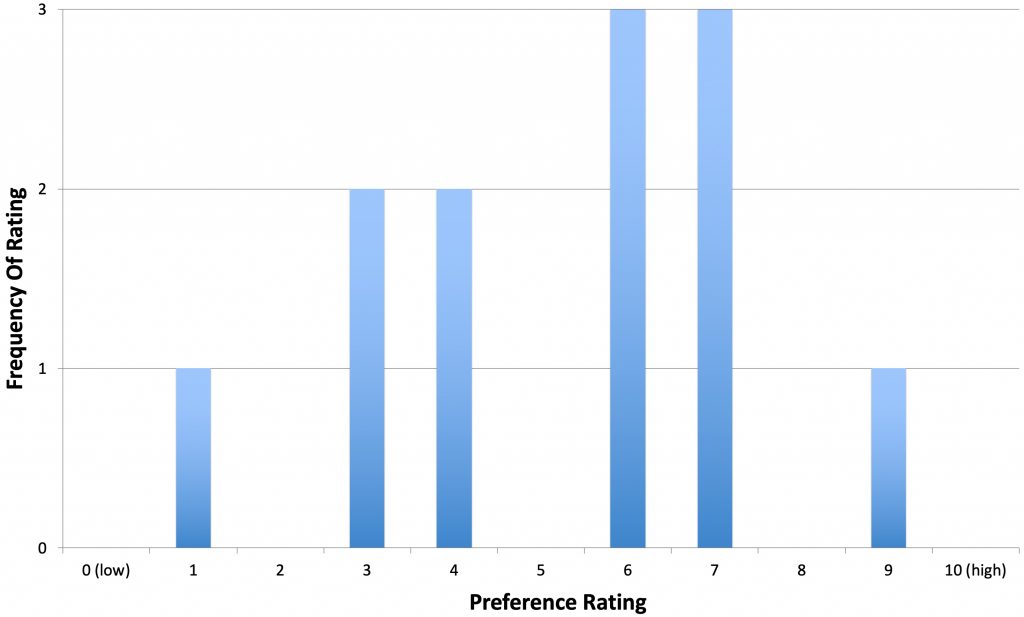











15 thoughts on “The Hop Chronicles | Waimea (2018) Pale Ale”
Why did you use Admiral at 15?
Typo. Fixed.
Very timely as I picked up the New Zealand variety pack from YVH last month (and got a free book thanks to the Bru Club deal!) I brewed NZ/NEIPA and am really pleased the aroma and flavor results from 2 oz of each variety, which included Waimea, so there’s something to be said for the way these hops are playing together. I allocated them about 25% boil, 50% dry hop, 25% keg hop.
Wow! Boiled for 4 days!
What’s the IBU on a 4 day boil?
The beer was left to ferment at 66°F/19°C for 11 (days) before I took a hydrometer measurement confirming FG was reached.
Note the missing days in the original text.
Thanks for the effort!
There’s always that 1 guy who hates fruity notes from beer. Thanks a lot, that 1 guy.
I can’t imagine the Maillard reaction from a 4 day boil 🙂
I’m happy to see this hop get some exposure. I particularly like mixing it with centennial.
I’ve just made a Waimea DIPA with only Waimea at 80C (5g/L), early dry hop (2.5g.l). I then followed on with a big late dry hop of El dorado. However when I tasted samples before the second dry hop, I got sort of over ripe Mango and resin, but not harsh resin, more mixed fruity resin. There’s a tropical quality there but it’s overall quite dark and mingled with resin. There wasn’t much of an aroma though, but what I did get was something similar to diacetyl (even though the taste confirmed it wasn’t). Something Brew-dudes noticed as well.
I did find the hop overwhelmingly mild though. It’s strange that the most popular response was the hop was perceived as mild and the second most popular was strong with moderate falling below either response. Quite odd don’t you think?
Overall I thought Waimea had a very nice balanced (fruit to resin) profile but not enough to shine on it’s own as a single hop in a double IPA. The overall characteristics were very mild to me. The high AA along with the mild flavour means its difficult to get a lot out of it without making a bitter beer. I can’t fault the flavour, however I don’t think I’ll be using it again and if I did it would be a filler with another hop taking centre stage. But then I’m into big fruity IPAs, I think it would work fantastically as a single hop in a classic west coast IPA. To me it was like a more fruity and less dank Columbus. Arguably though with the cost of NZ hops I think sub’ing Waimea with Columbus and just a teeny touch of Citra would give the same profile with less of the cost.
I did find it to give a very smooth bitterness (at least by whirlpool). So I just made a 12% imperial stout and decided to use the remaining Waimea I had at 60min and 5min as I felt the resin and touch of fruit would add something nice to make up for the expressionless Chico yeast strain I used. Still fermenting as we speak…
I’d recommend another try by mixing it with about 10-25% Mosaic next time. It must be having certain oils that Mosaic is rich in. There are other hops than Mosaic but I feel Mosaic will really stand down while making a hop like Waimea shine! Look out for the new NZ hops (about to be named) called ,9909 and 4337 that are Citra caliber hops. Using Mosaic properly with Waimea or Moutere will get similar WOW!
Waimea is actually named after the Waimea river that supplies water to so many of the hop farmers. We (Eddyline) use a lot of it and find that it is a hop that needs another hop to unlock it. If combined with a little bit of Mosaic it releases a lot more aroma and flavour. Several NZ hops share this character (need a buddy hop). Not sure the why/how of it all but find Mosaic is the most effective hop to get other hops to shine without dominating them. Future project for you?
I have a bunch of left over hops from various Hop Chronicles and will be doing a frankenhop batch soon. This is good feedback.
That’s interesting. Looking back some of the best beers (aroma wise) I have made have all had a tiny bit of mosaic here and there, why is another question. I find Mosaic is the hop that changes the most over time. Initially I get pineapple and bright orange only but after 2 months or so I get pine and a different mixed tropical fruit come through. Maybe will have to investigate….
Hello! I wonder if the apple and pear aroma is coming from the yeast (Imperial G03 – Dieter German Ale)? When this Dieter was uses on the Cashmere hop chronicle, apple and pear were also quite high – both on flavor and aroma. Just thought I’d throw that out there as those flavor/aroma characteristics are not often mentioned for either Waimea or Cashmere. Unfortunately, I have not used Dieter or these hops, but apple/pear seems consistent with a Kolsch/German ale profile.
Btw, I love the work you guys do! Your site has been an invaluable resource for me as I’ve made the jump from extract to BIAB this past year.